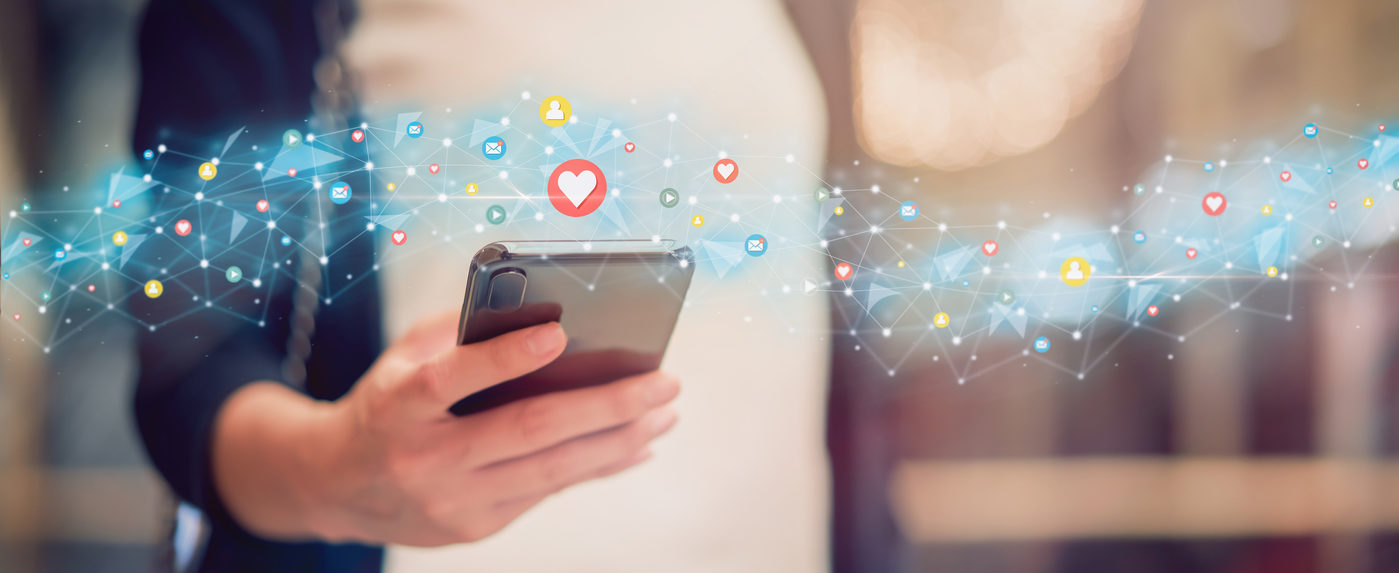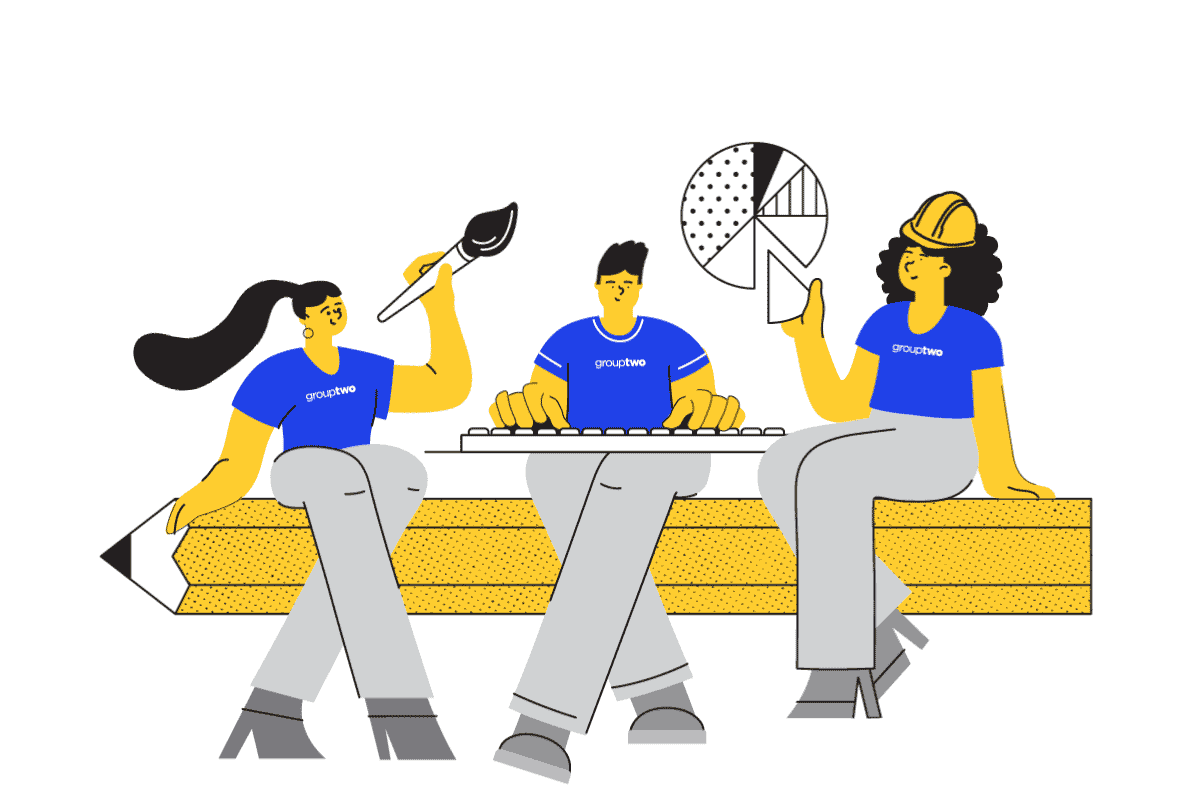Whether you’re introducing a new feature into your homes or you’re working on a new aspect of your marketing strategy, any new process requires a learning phase. And guess what? Facebook does too. When you create an ad set, Facebook takes the time to learn everything it needs to know about that set to optimize results.
What is the learning phase?
This is called the “learning phase,” and it allows the delivery system to “learn more about the best people to target, times of day to show the ad, and placements and creatives to use.” Whenever you create a new ad set or make a “significant change” to an existing one, the delivery system essentially experiments with “different audiences, placements, and more” during the learning phase.
How long is the learning phase?
The goal of the learning phase is to reach around 50 of the actions you’re optimizing for over a 7-day period. Once the performance of the ad set “stabilizes,” the learning phase concludes. If this doesn’t occur after 7 days, you’ll see “Learning Limited” in the Delivery column. Even though your ad set is in the Learning Limited phase, this does not mean that it is not running or working to reach the people that are most likely to convert on your website.
Whereas some actions are easy to obtain from a given ad set, including post engagement, “deeper actions” like leads and contact submissions are more difficult to generate within a day, which can be the reason that your ad set remains in the learning phase after the initial 7 days.
What is the purpose of the learning phase?
The main purpose of the learning phase is to optimize ad delivery, from budget to audience. During this period, ad sets are “less stable and usually have higher CPA,” or cost per action. Most importantly, when a smaller share of your budget is spent in the learning phase (typically around 20%), you’ll most likely see a higher share of budget spent on stable performance, as well as a lower CPA.
On the other hand, when a higher share of your budget is spent in the learning phase, say around 80%, you’re likely to see far less conversions as well as a higher CPA out of the learning phase. That’s why it’s crucial to “avoid behaviors that prevent ad sets from exiting the learning phase.”
How do I get out of the learning phase in 7 days?
Is the status of one or more of your ad sets “Learning Limited”? There are a few things you can do to avoid getting stuck in the learning phase. Making edits to your ad set will cause it to reset and re-enter the learning phase — these edits include budget (depending on magnitude), targeting, placement, new creative, and more.
Facebook recommends, first and foremost, that you avoid editing an ad set until it exits the learning phase if you can. If you need to make multiple edits, the best thing you can do is to make them all at once.
What else do I need to know?
There are a few other reasons that your ad set may not exit the learning phase. If you set a low budget, use a low bid or cost cap, or set a small audience size, you might see “low conversion volume,” which means your ad set will remain in the learning phase. Although it’s wise to avoid behaviors that inhibit your ad set from exiting the learning phase, Facebook warns against trying to “avoid the learning phase completely.”
When you test new creative and strategies, the learning phase “helps the delivery system optimize your new ads.” This allows you to gain valuable insight into what works and what doesn’t, which helps you to improve and hone your advertising performance over time.
At g2, “optimal advertising performance” is our middle name (not technically, of course, but it could be) — and we’re ready to help you tackle your advertising goals head on. If you have any questions about the learning phase, feel free to contact us. We can’t wait to get in touch and talk ads!

